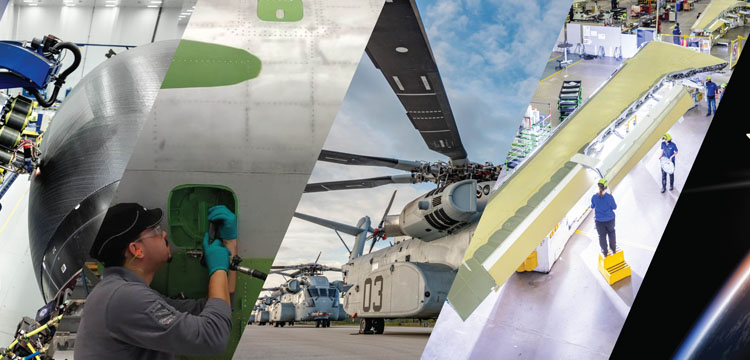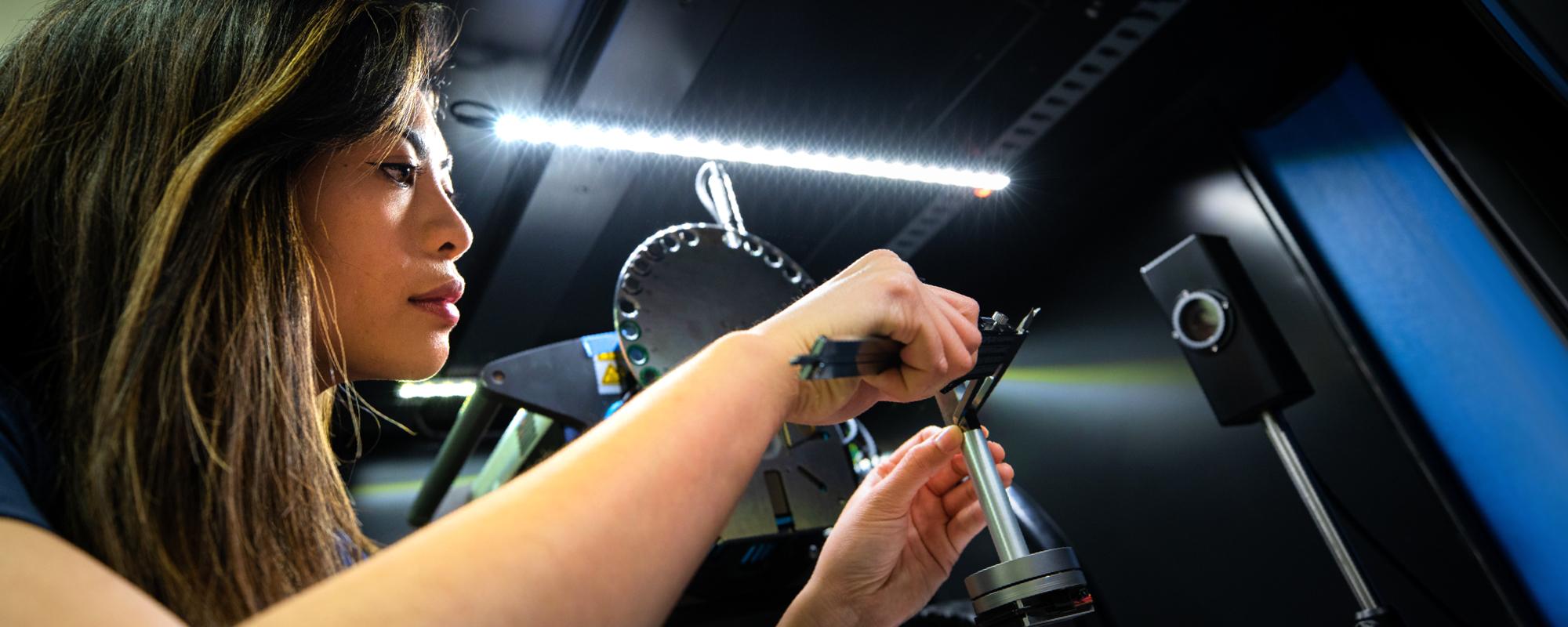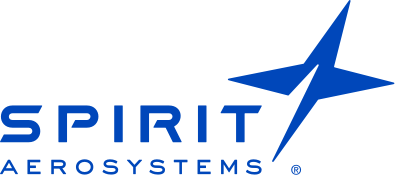Day-to-day interaction between engineers and those manufacturing the product on the factory floor isn’t always typical in the industry, says Hoover, but the proximity of Spirit experts to the actual production process and access to points all along the supply chain create ongoing innovation. Plus, Spirit goes beyond designing the product to also designing the tools to make the product.


Engineering the Future: How Spirit AeroSystems Is Manufacturing Innovation
Spirit AeroSystems is unlike any other top-tier aerostructures supplier. The company is unique in scale, providing the world’s largest commercial aerostructures while meeting unprecedented production demands. And it is unique in scope, diversifying into the defense market and investing heavily in research and development.
According to Spirit leaders, there is another key difference that enables this expansive industry footprint — a large team of engineers. “At Spirit, we have more than 1,500 engineers, which account for about ten percent of our workforce worldwide,” says Cindy Hoover, Vice President and Chief Engineer for Operations. It is a focus on engineering excellence, says Hoover, that is helping power the company’s innovations, allowing it to move easily from one industry specialty to another, from program to program, and from the factory floor to the very future of factories.
Engineering the Product: A Design-Build Leader
Moving from concept to completion, and meeting increasing rate demands, requires engineers who understand the complex demands of the manufacturing process.
“Spirit’s expertise in industrialization means we move from design through production faster and more efficiently,” says Hoover. “We make sure that the design and stress functions are aligned, that the product is better because of our involvement.”
Our engineers continually improve long-standing programs, and help design, develop and deliver new products. In many cases, Spirit engineers are given design authority by OEMs, and our teams can be hired by the customer to take on extra work — that’s a high level of trust in our expertise.
”Engineering the Process: Efficiency and Affordability
To meet the demands of an expanding commercial market, and the modernization of defense systems, Spirit engineers must not only focus on the product but also work to better engineer the process.
Hoover says the advent of integrated product teams (IPTs) is key to process improvements. IPTs bring together employees from different areas of the factory along with engineers from various disciplines, helping optimize the design and create more efficient processes. “We’re here to make manufacturing more efficient, to solve problems, and ask the right questions,” says Hoover. “By working together, we are also improving individual project management and communication skills, which can impact manufacturing just as much as technical skill levels.”
Chris Boshers, Director of Engineering for Strategic Programs, says Spirit excels in identifying and designing the many steps required to complete each program. “Each infrastructure consideration — from buying, storing and producing materials, to assembling, machining and joining parts — results in greater affordability for Spirit customers when done well,” Boshers says. “We’re really good at identifying all of those steps and making improvements, and because of this knowledge, we’re able to make high-performance production more affordable.”

Engineering the Future: Expansion and Adaptation
While continuing to better engineer structures and processes, Spirit is leading aerospace manufacturing forward by applying new technology in practical ways. Spirit AeroSystems’ significant focus on research and development, combined with its engineering expertise, creates constant adaptation. The company continues to lead aerospace manufacturing forward by applying new technology in practical ways.
Spirit is growing and doing new things, the strategy is to expand our knowledge and understand how to deliver better-performing products that are also more affordable.
”As Spirit expands its production over a wider range of structures and programs, engineers are working to industrialize new materials for an expanded portfolio of solutions. “Materials need to be effective across a broader scope of environments — they need to be lighter, more cost-efficient, more temperature-resistant,” Boshers says.
While industrializing new materials is one future-forward effort, Spirit is also helping to shape future-factory principles. Industry 4.0 includes the core idea of an “engineered factory” in which digitization, connectivity, and automated processes define the production system.
It all adds up to tremendous flexibility for the customer, says Hoover. “From new materials to automation to enabling the digital factory, our focus is innovation in order to deliver high performance and greater value, and meet increasing demand. It’s a perfect time to be an engineer at Spirit.”
Cindy Hoover is Vice President and Chief Engineer for Operations at Spirit AeroSystems providing engineering and technical support services to all of operations across Spirit’s locations in the U.S. and abroad. Hoover previously held vice president positions at Spirit for the Boeing Twin Aisle Programs, the 777X Program, and the 737 MAX Program, where she oversaw the development, execution, and integration of the products into existing operations and delivery to the customer. Ms. Hoover has more than 28 years of industry experience in engineering, project and program management, Six Sigma, and a variety of operations management roles. She has also served on numerous boards, including her current role as Vice Chairman at WSU Tech.
As Director of Engineering for Spirit AeroSystems, Chris leads the development of new products and technologies for the company’s engineering organization. He is responsible for ensuring that all technical and product integrity objectives are met while satisfying all requirements in a given development project. Mr. Boshers leads a multi-disciplinary team of engineers, technicians, and mechanics that employ new and emerging technologies to create aerospace structural products for Spirit’s customers.


